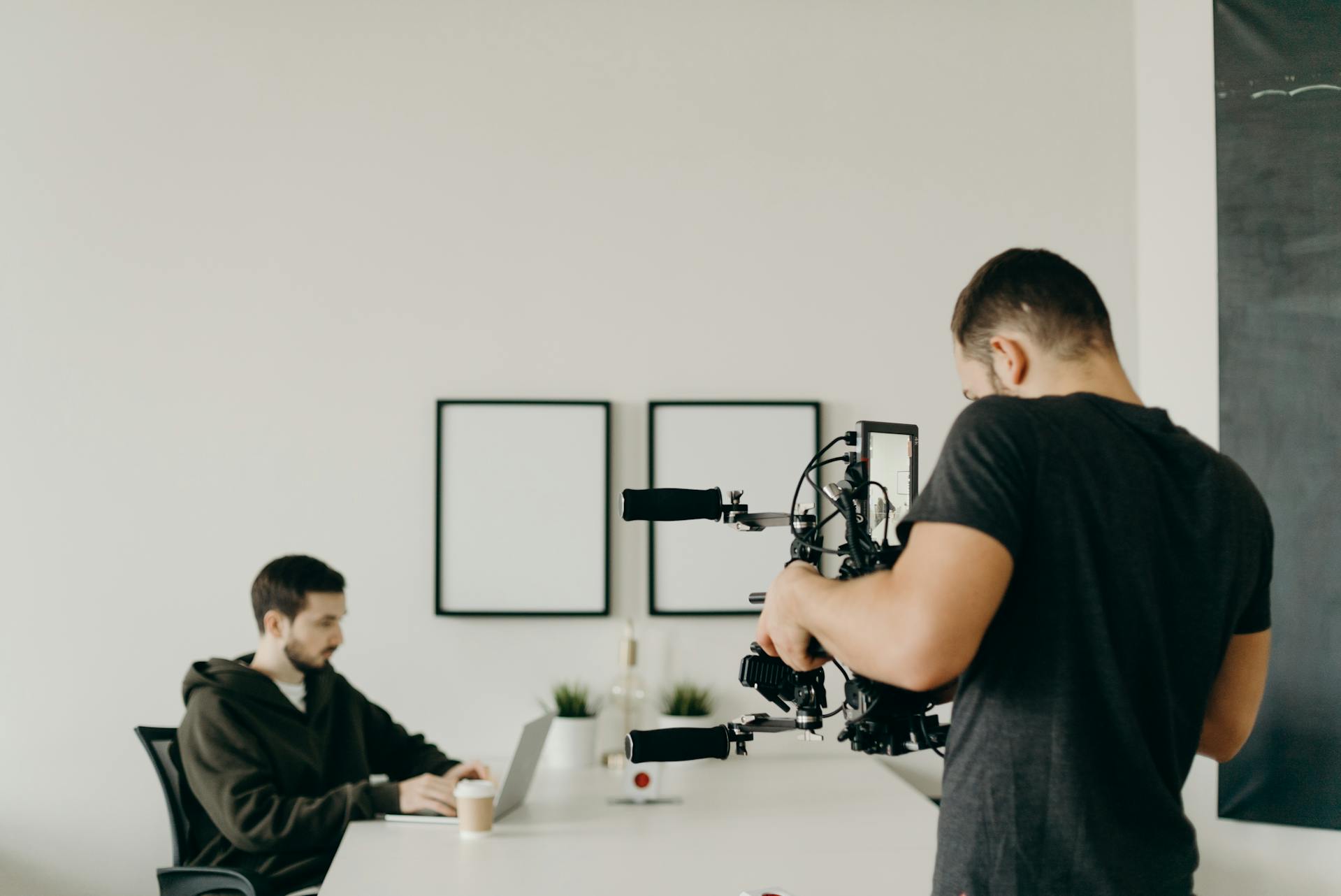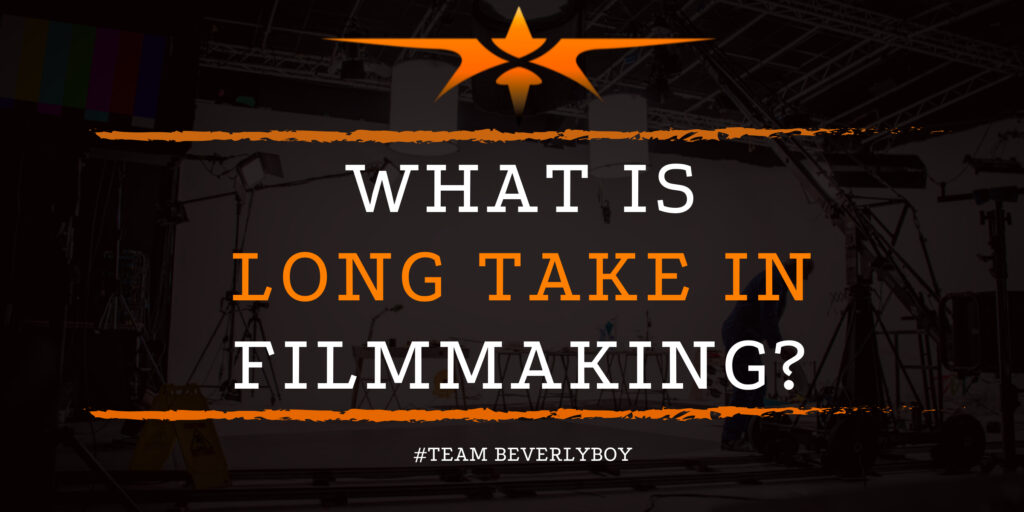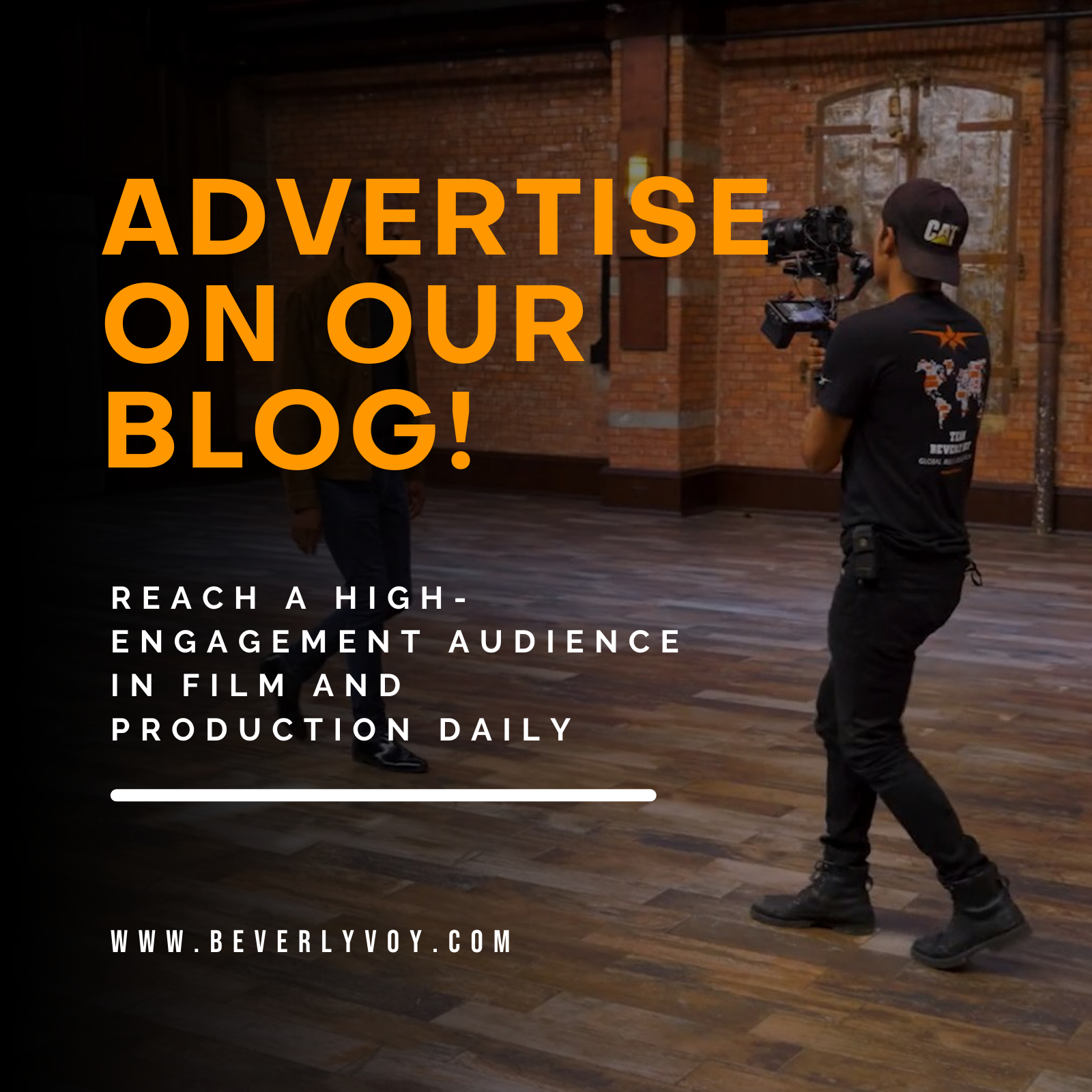What is Long Take in Filmmaking?
In the art of filmmaking, every shot matters. From quick cuts to sweeping pans, the way a scene is captured can dramatically influence how audiences experience a story. One of the most visually captivating techniques in a filmmaker’s toolbox is the long take. Also known as a “one-shot” or “continuous shot,” the long take has the power to immerse audiences in a scene like few other techniques can. But what exactly is a long take, and why is it such a powerful storytelling tool? Let’s break it down.

Defining the Long Take
A long take is a shot that extends for an unusually long duration without any visible cuts. While most film scenes are composed of multiple shots edited together, a long take remains unbroken, allowing the camera to capture continuous action in real-time. It’s not about the specific number of seconds or minutes, but rather the absence of editing, which makes the viewer feel as though they’re experiencing the moment without interruption.
Long takes can last from several seconds to several minutes—or, in rare cases, an entire feature-length film may appear as a single shot (as seen in 1917 or Russian Ark). This technique often requires careful choreography, precise timing, and extensive planning between the cast and crew.
Why Do Filmmakers Use Long Takes?
Long takes are more than just visual showpieces—they serve a purpose. They can build tension, highlight character development, or immerse the audience in a particular moment or environment. By eliminating cuts, long takes demand that viewers remain fully engaged with the scene.
For example:
- In action films, a long take can intensify the feeling of chaos or movement.
- In drama, it can make a conversation feel more authentic and emotionally raw.
- In horror, it can build suspense by denying the viewer the relief that typically comes with a cut.
Ultimately, a well-executed long take can make the audience feel like a participant rather than just a passive viewer.
Famous Examples of Long Takes
Some of the most iconic moments in film history have been delivered through long takes. Here are a few standout examples:
- “Children of Men” (2006) – A legendary tracking shot during a battle scene immerses the viewer in a brutal warzone with no relief from the tension.
- “Goodfellas” (1990) – Martin Scorsese’s famous Copacabana scene follows Henry Hill and his date through the kitchen and into the club in a single fluid movement, reflecting the character’s glamorous lifestyle.
- “Birdman” (2014) – Shot and edited to appear as a single continuous take, this film uses the technique to reflect the unbroken psychological state of its main character.
- “1917” (2019) – While digitally stitched together, the entire film simulates a one-shot experience, placing the viewer directly in the trenches of World War I.
These examples demonstrate how versatile and emotionally impactful long takes can be when used with intention.
How Are Long Takes Filmed?
Filming a long take is no easy task. It requires detailed planning, technical precision, and flawless execution. Some key elements include:
- Choreography: Both actors and camera operators must hit precise marks. A misstep can mean restarting the entire scene.
- Camera Movement: Steadicams, gimbals, cranes, or even handheld rigs are often used to keep the camera steady and fluid as it navigates the space.
- Lighting: Lighting must be consistent throughout the shot, and sometimes hidden sources (like practical lights or off-camera rigs) are used to maintain continuity.
- Timing: Long takes can’t rely on editing to fix pacing issues, so everything must be timed perfectly—from dialogue to action.
Rehearsals are crucial. Directors often spend days or even weeks blocking and rehearsing these scenes before rolling the camera.
The Impact on Storytelling
Long takes allow for a more naturalistic and immersive storytelling experience. Because the scene unfolds in real-time, the audience is drawn into the world of the characters without the interruption of frequent edits. This can lead to a heightened sense of realism and emotional connection.
In some cases, the technique is used to reflect the psychological state of the character—creating a sense of claustrophobia, disorientation, or flow, depending on the context. In others, it’s used to heighten suspense by not cutting away from danger or emotional tension.
Challenges and Limitations
Despite their power, long takes are not always the best choice. They can be risky and expensive due to the high chance of error. One small mistake may require reshooting the entire scene, which can be time-consuming and frustrating.
Additionally, long takes can lose their impact if overused or used without purpose. When executed poorly, they can feel like a gimmick rather than a storytelling enhancement.
The key is intentionality. When used thoughtfully, the long take becomes a compelling way to deepen engagement and create a more visceral viewer experience.
Final Thoughts: When Time Stands Still
A long take is more than just a technical achievement—it’s a powerful form of cinematic expression. It challenges both the filmmaker and the viewer to experience time, space, and story differently. When done right, it can leave a lasting impression that transcends traditional editing and pulls the audience deeper into the world of the film.
Whether it’s a high-stakes action scene, a quiet emotional moment, or an immersive journey through a character’s mind, the long take proves that sometimes, letting the camera roll can speak louder than a thousand cuts.


